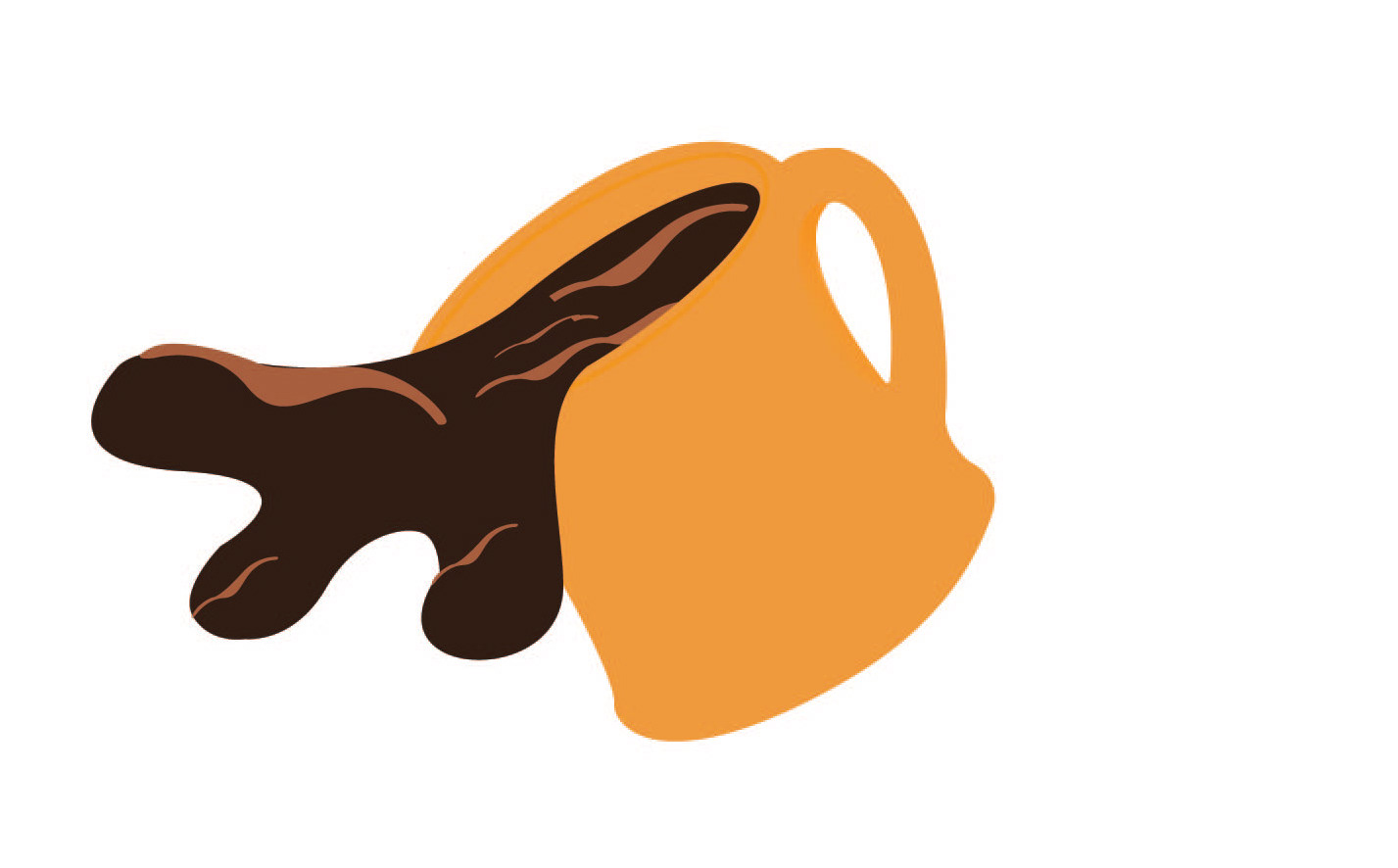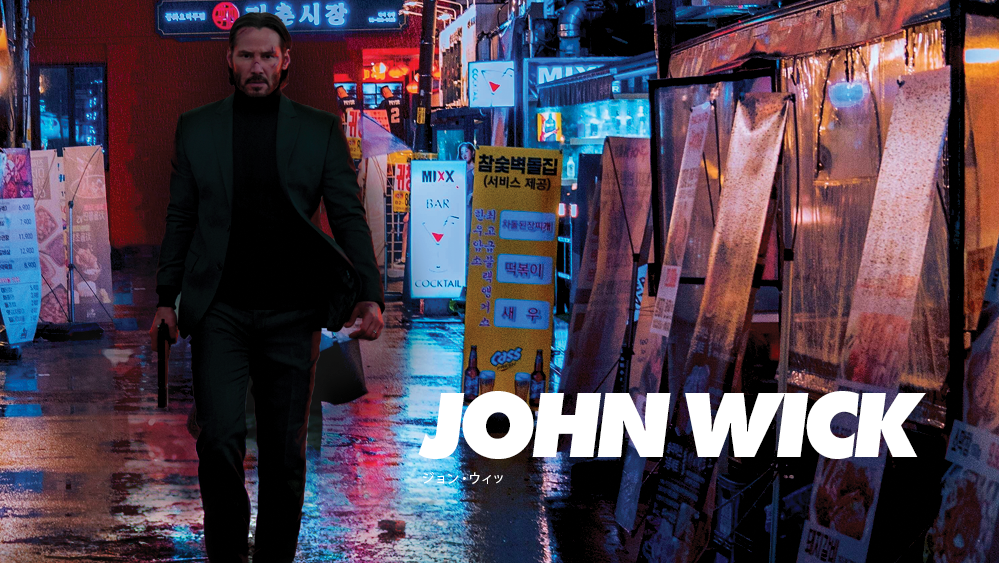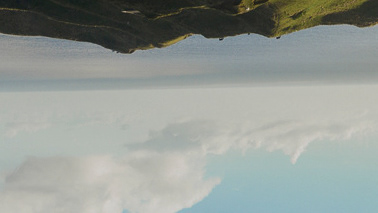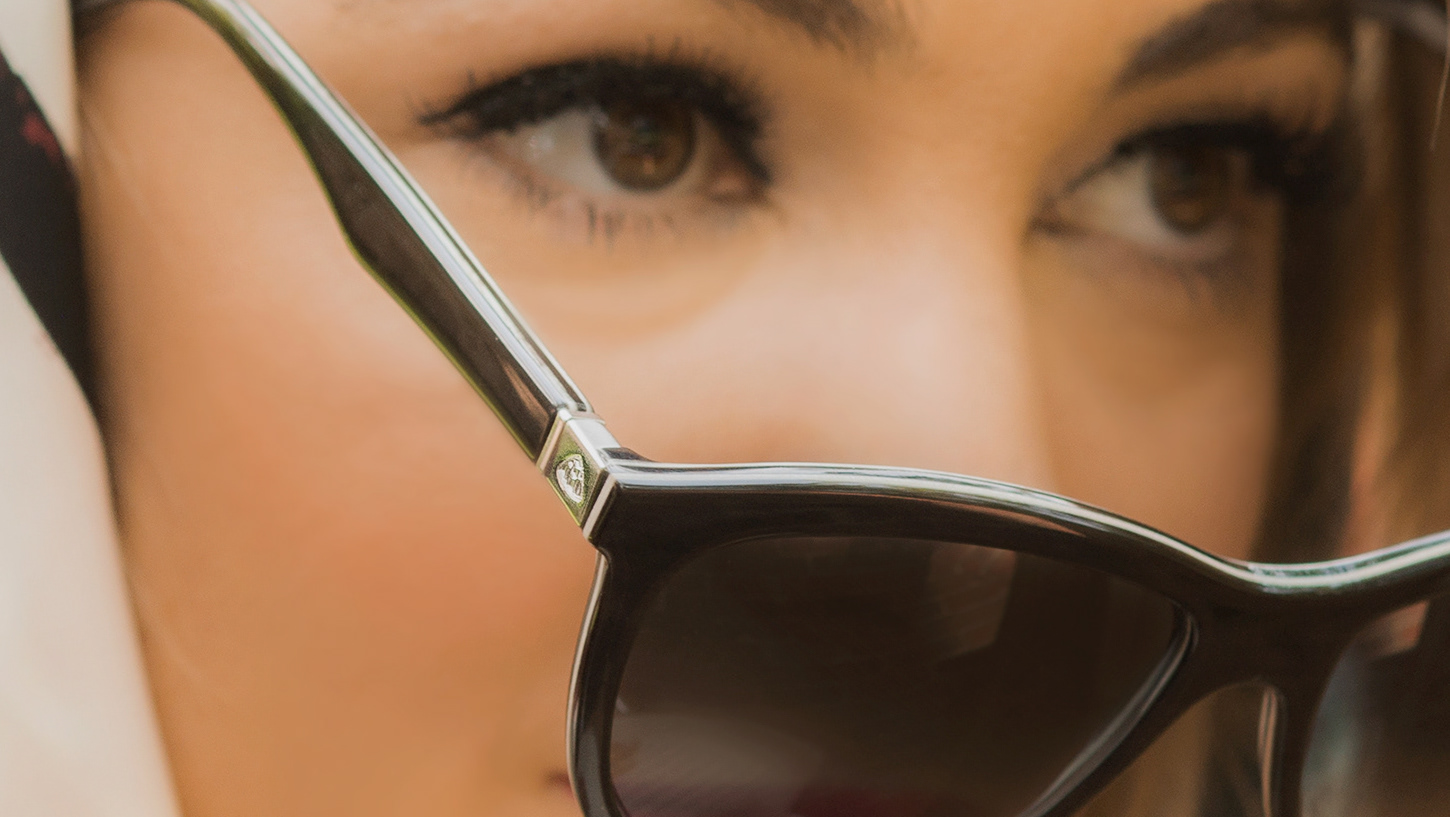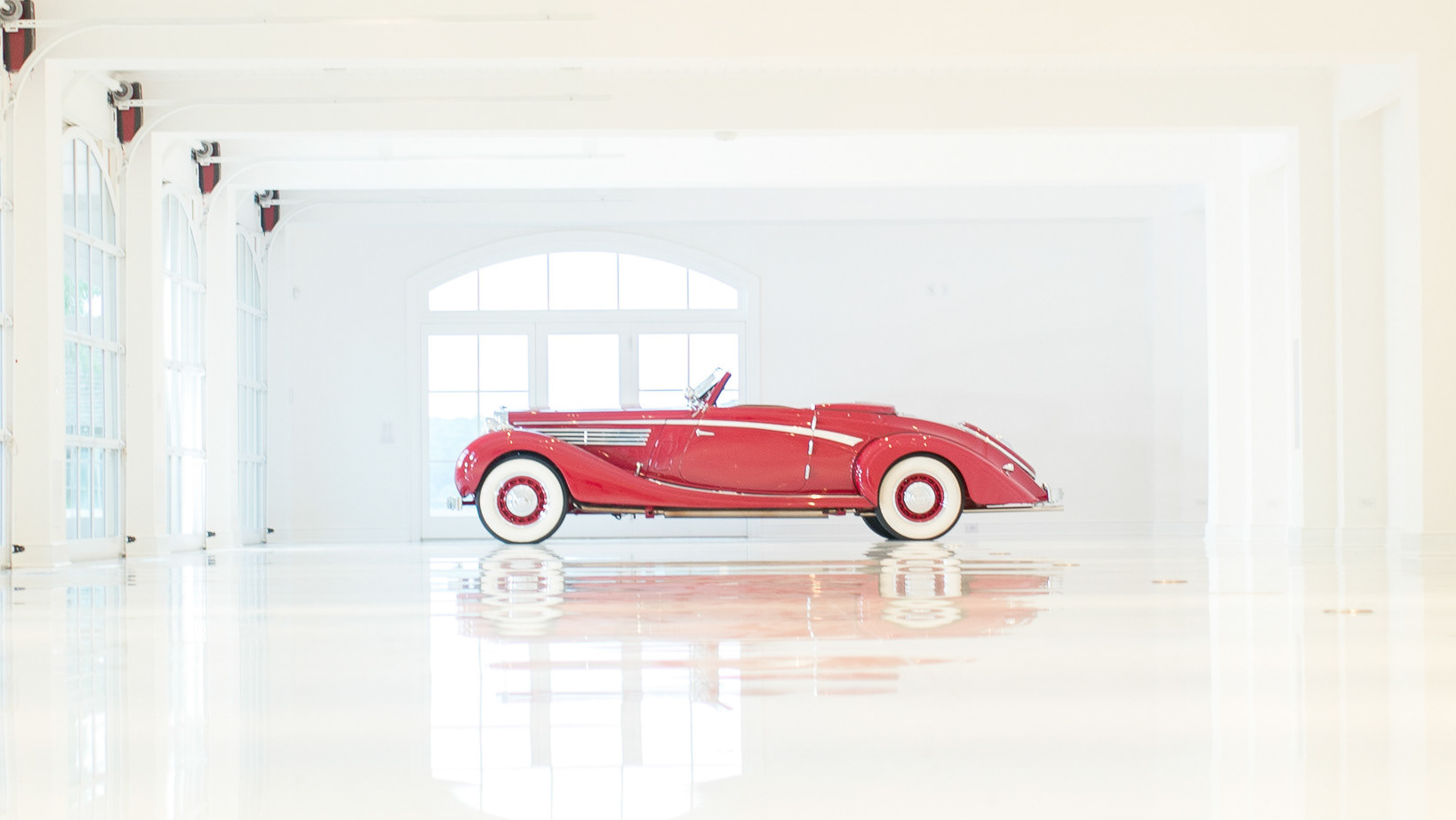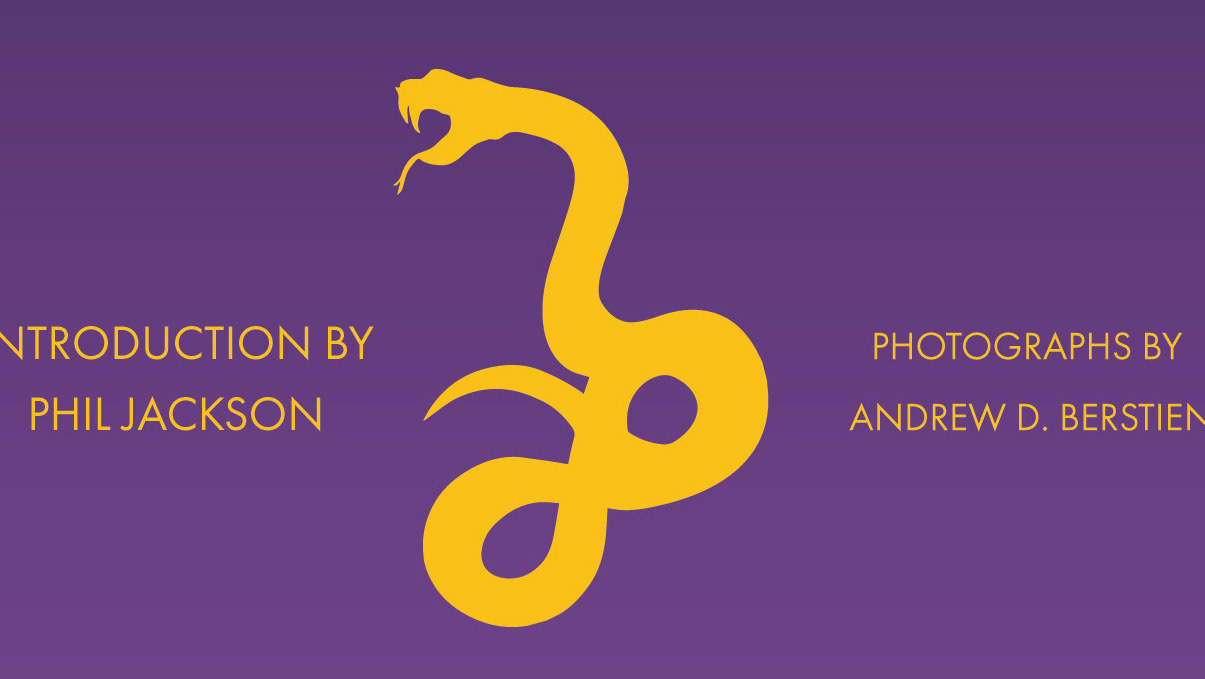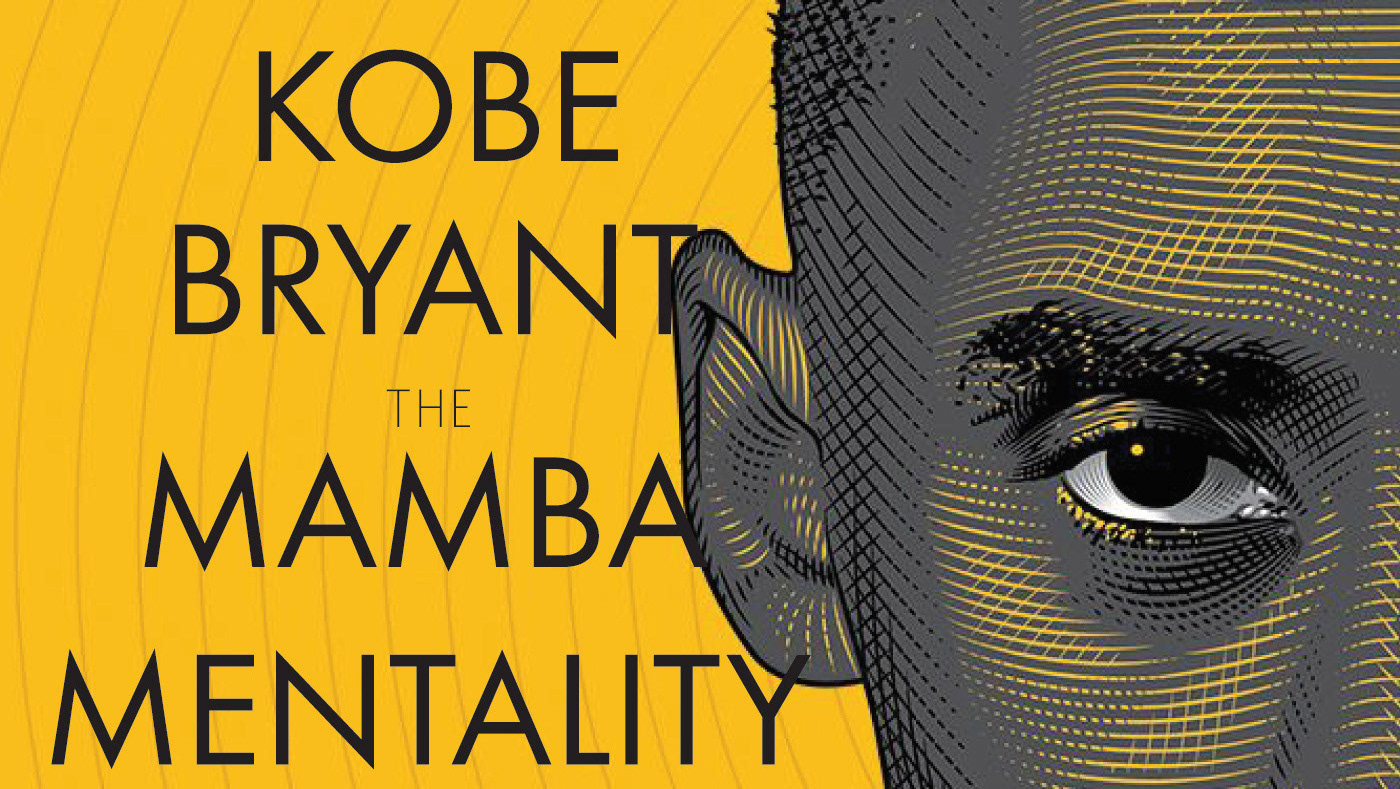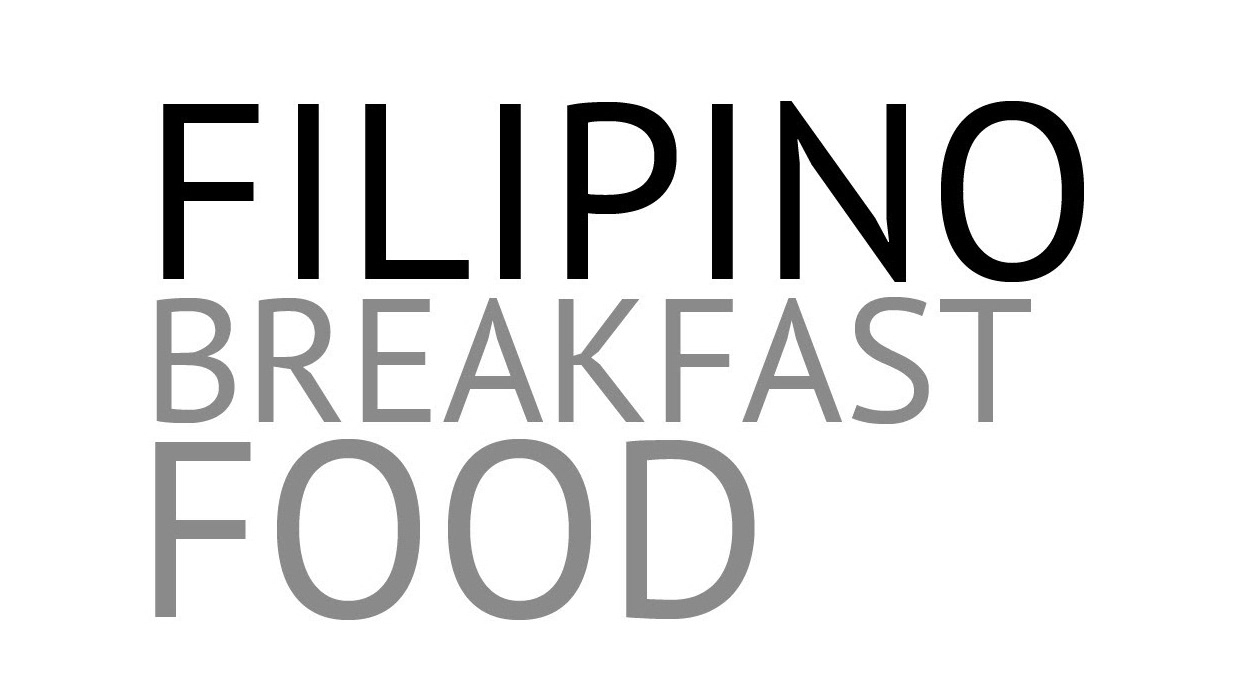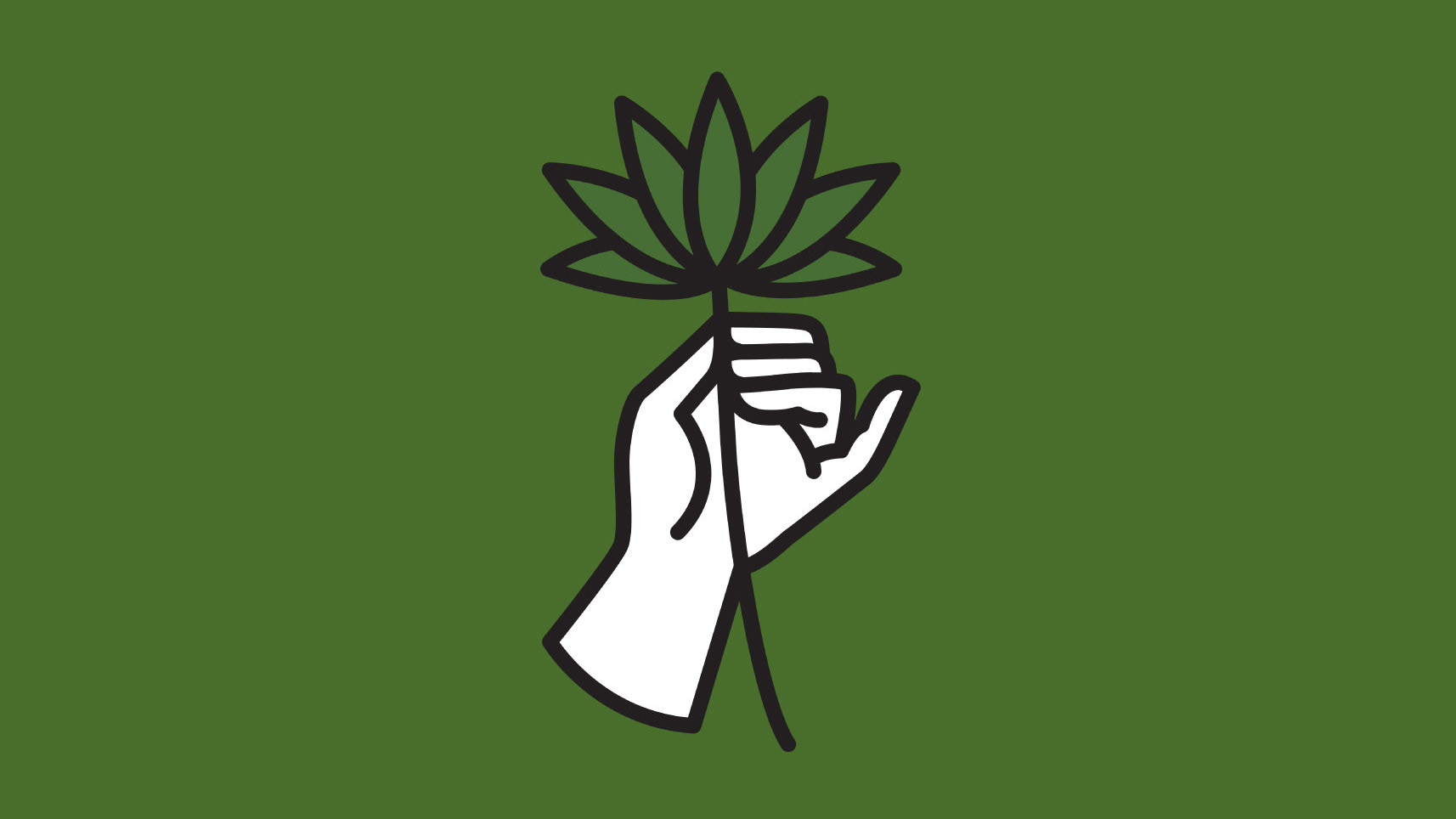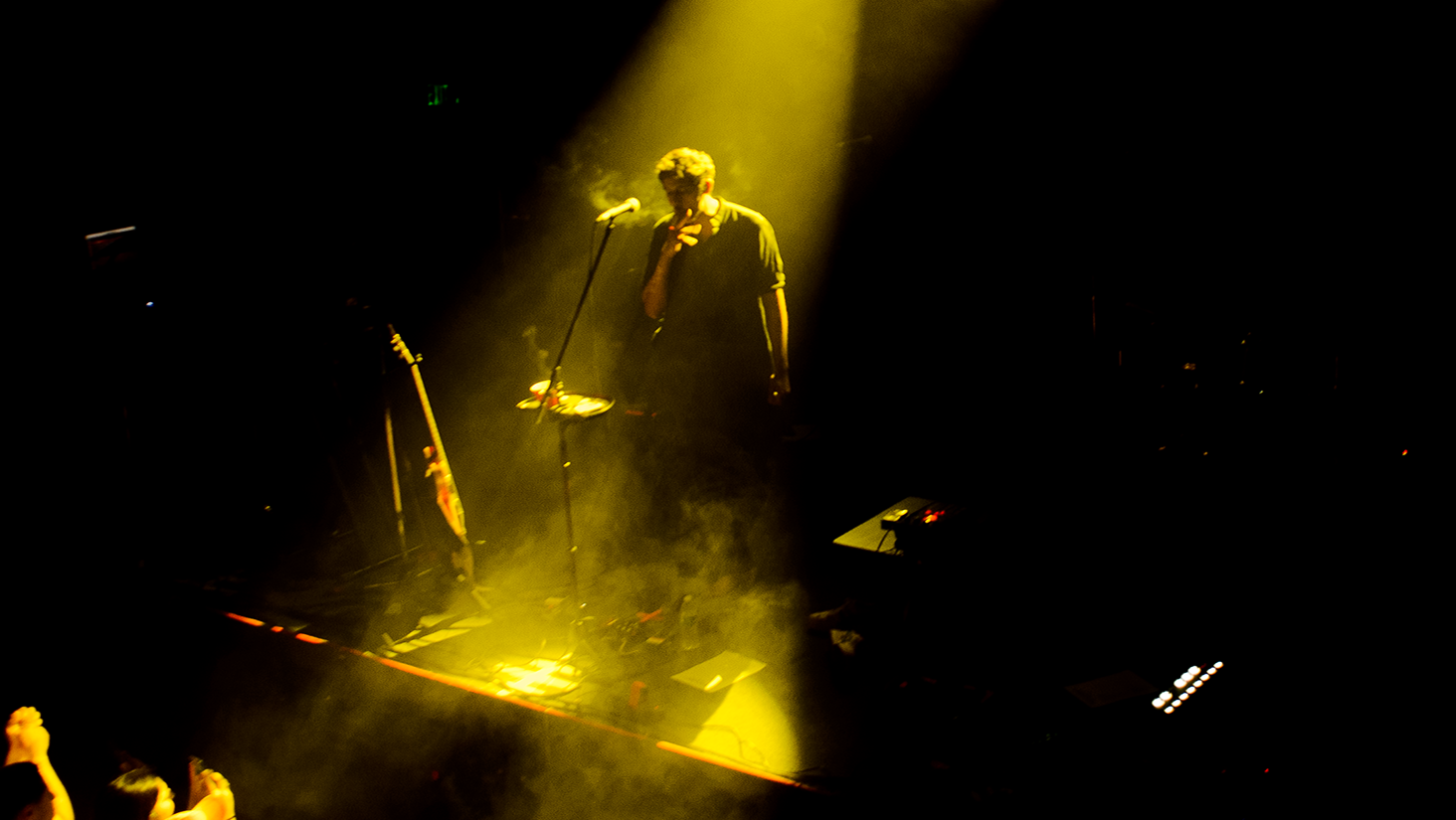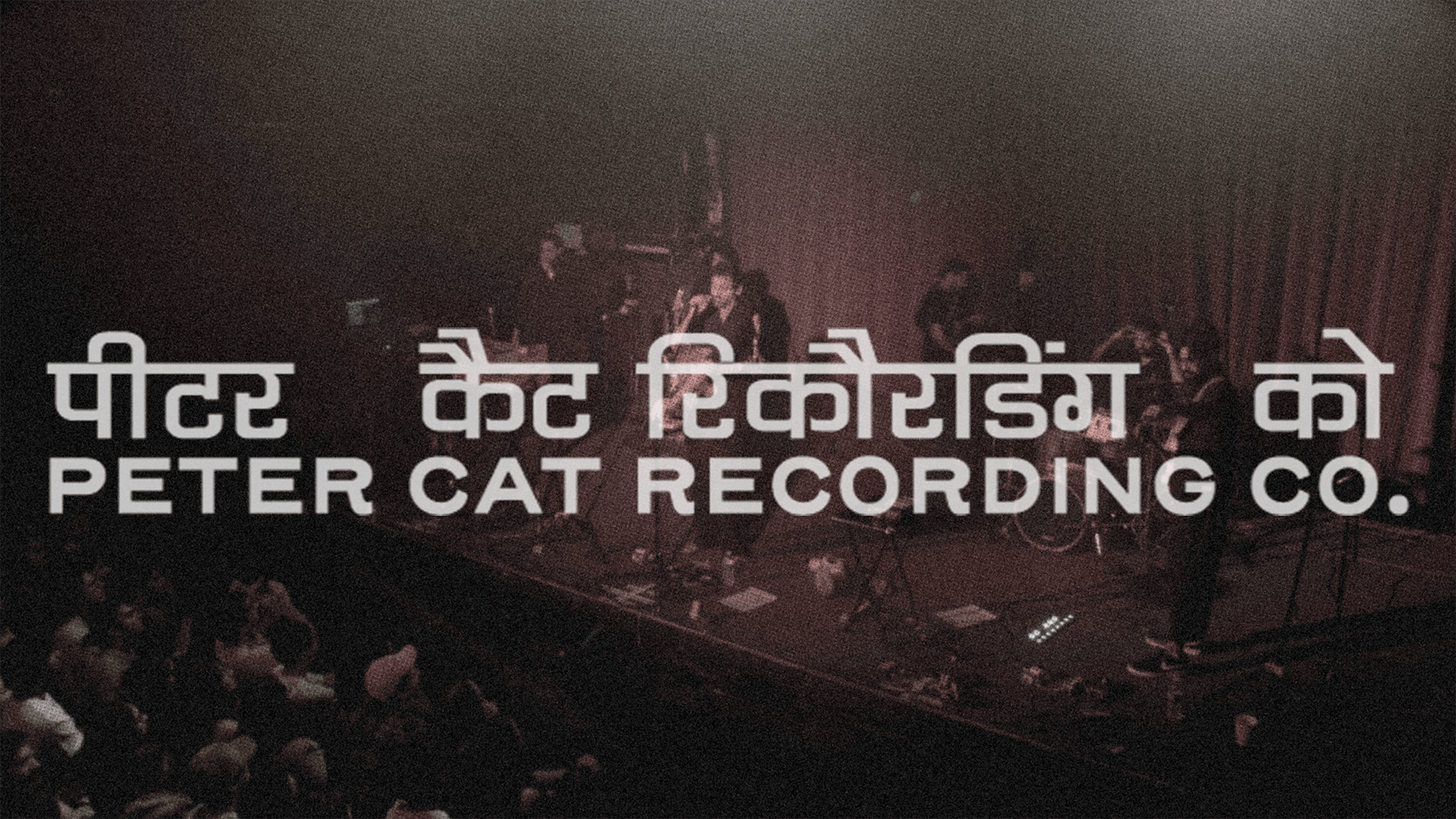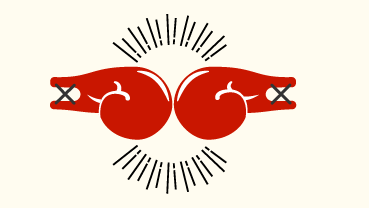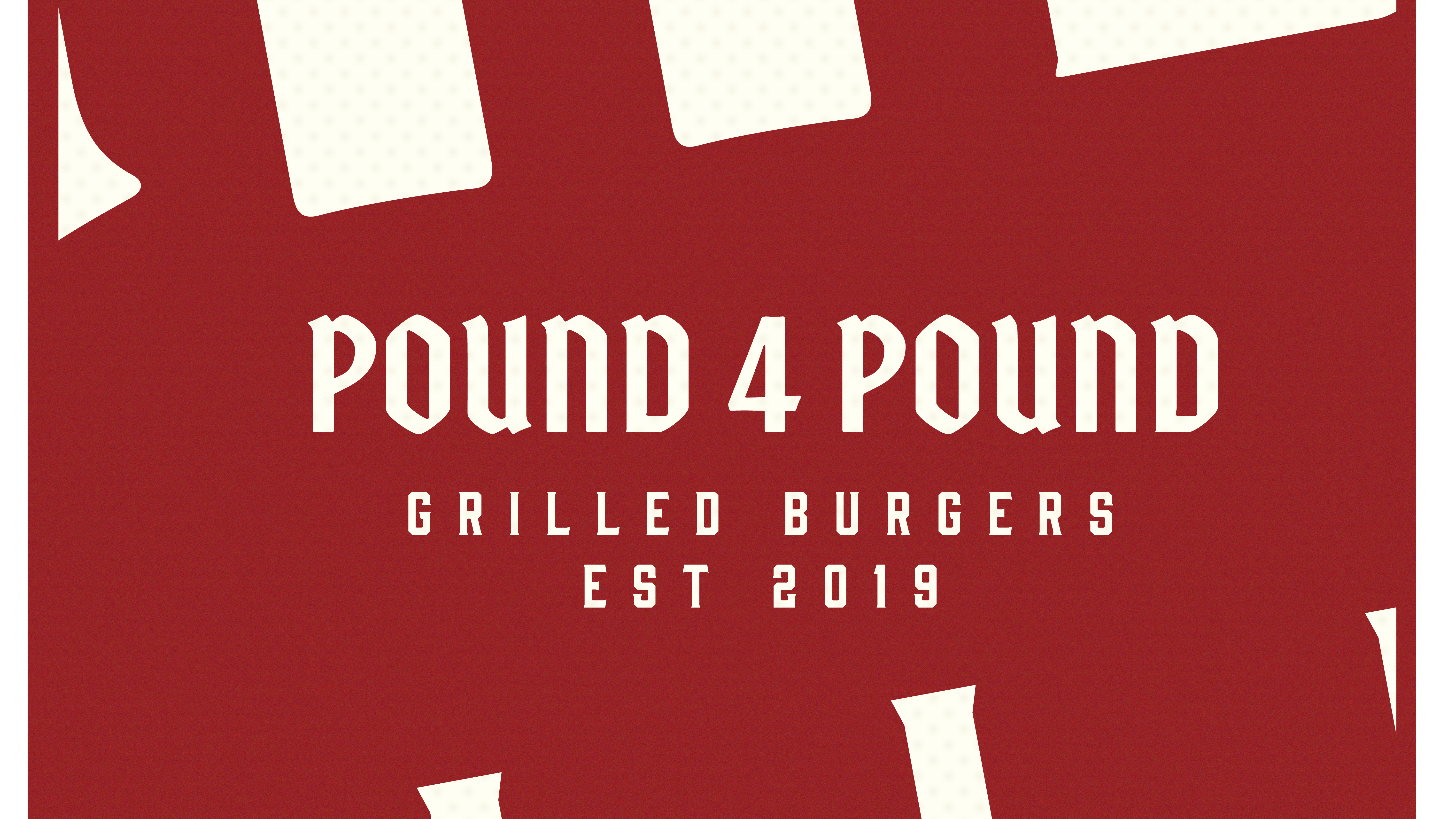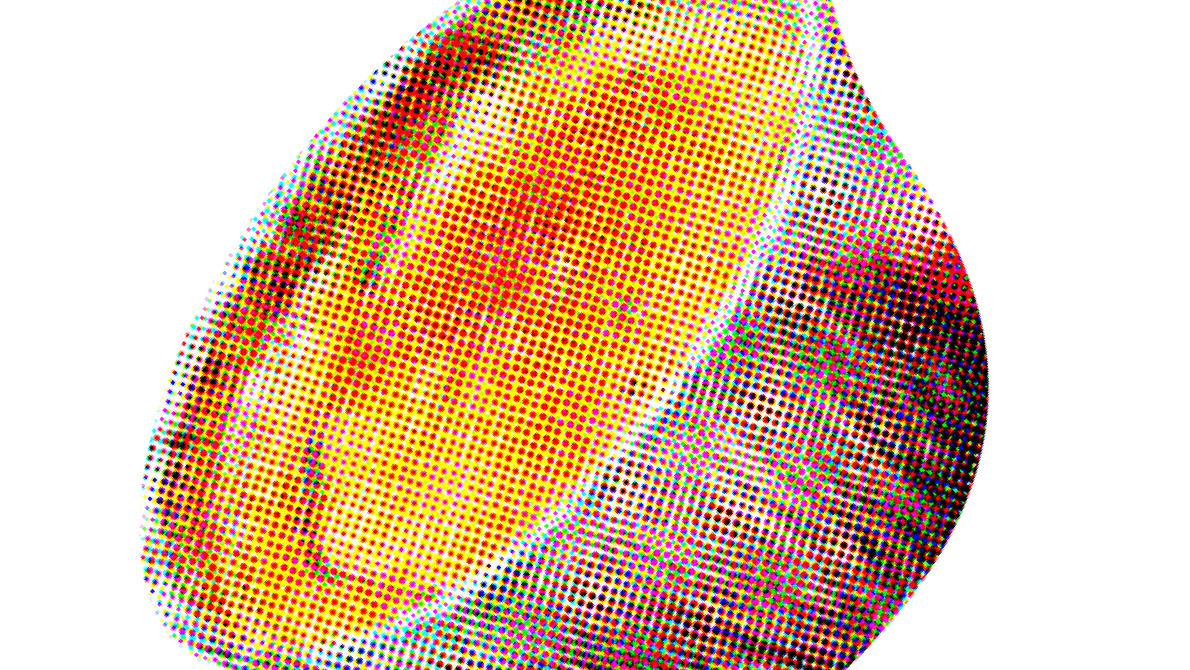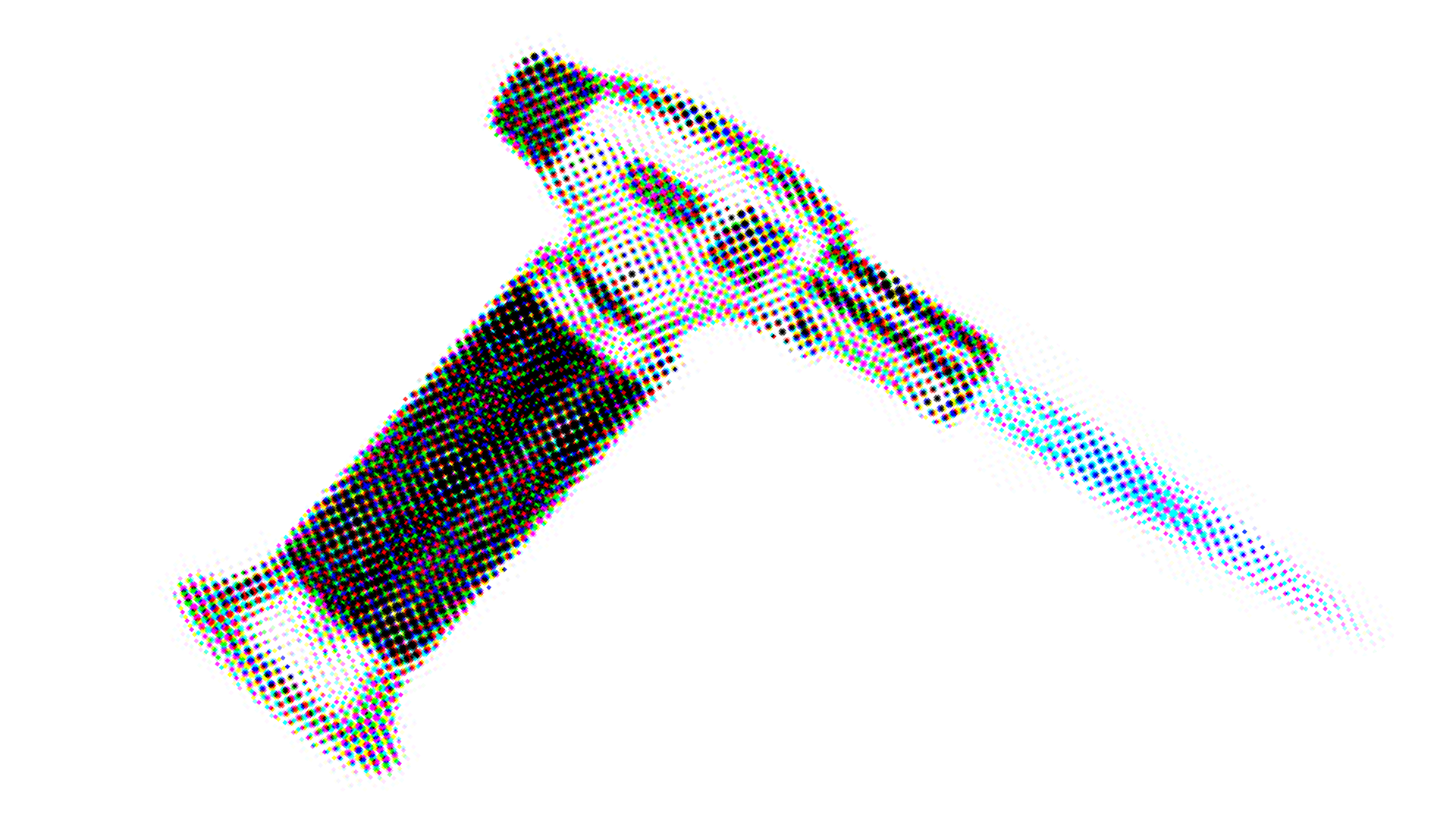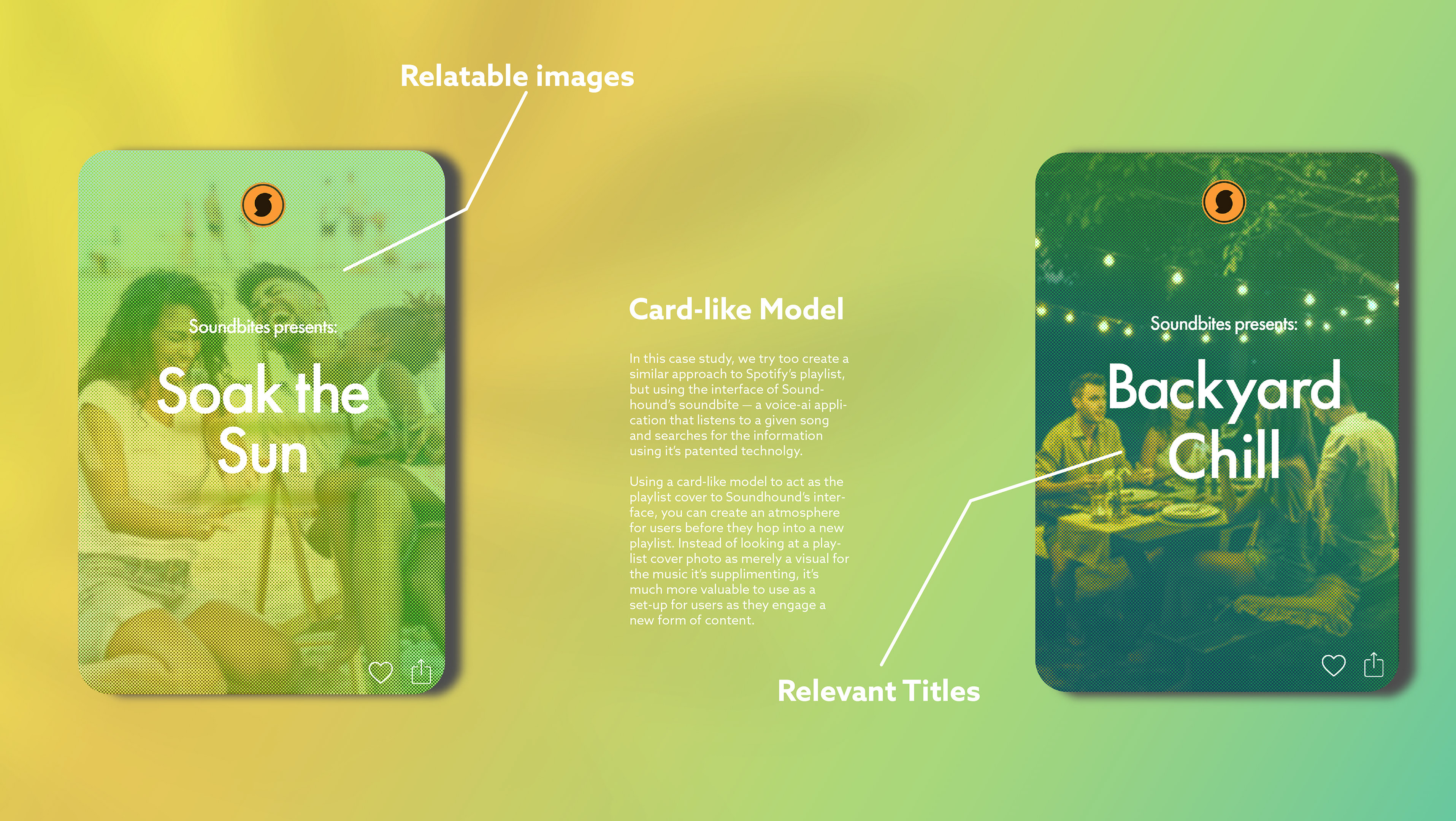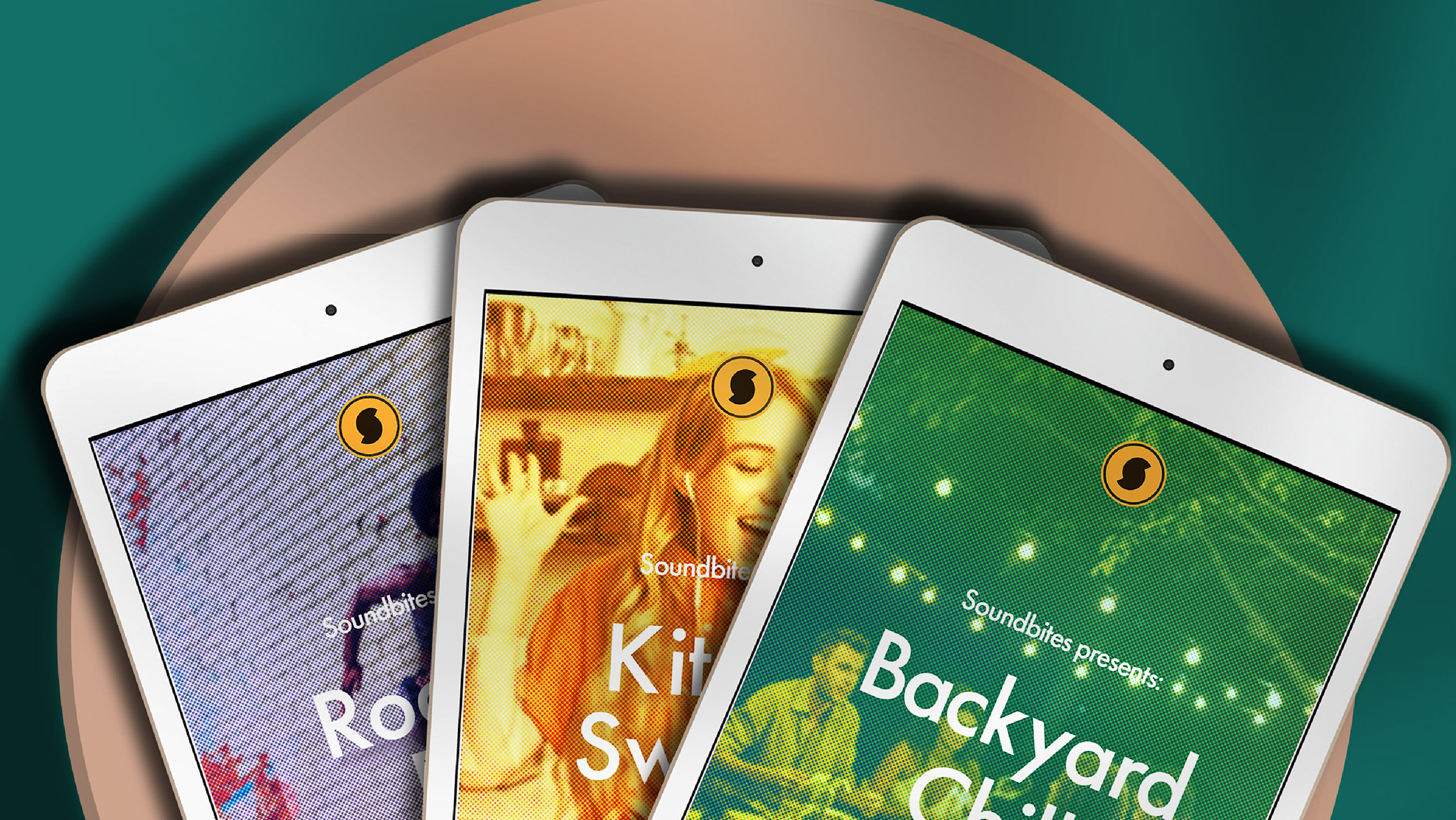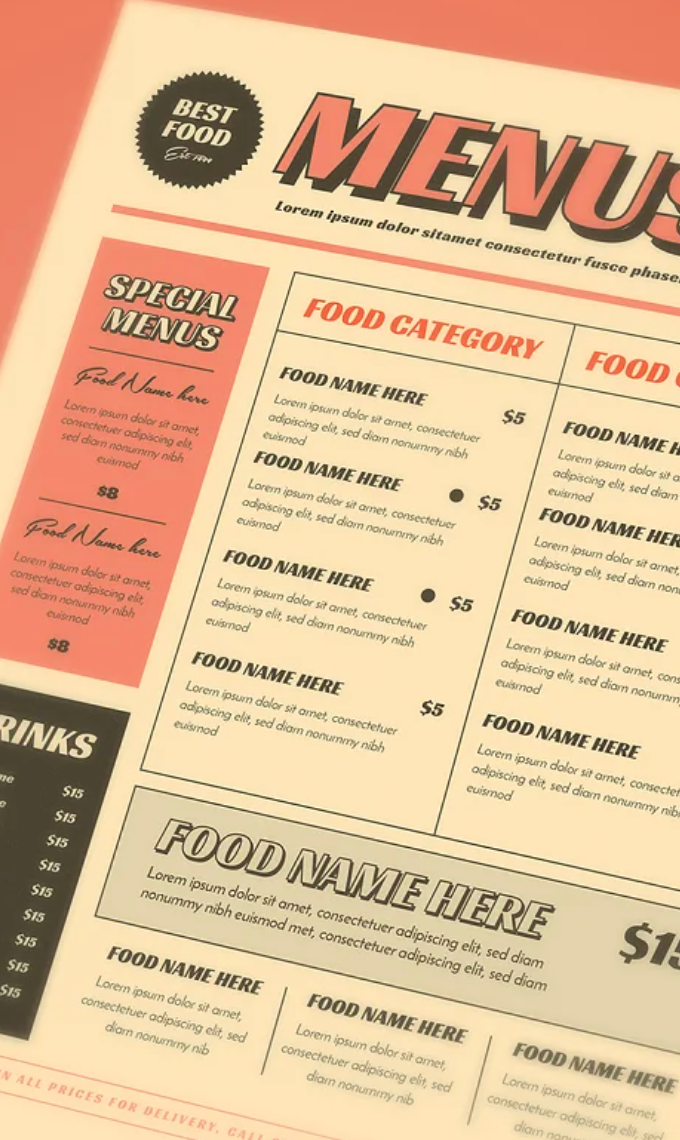
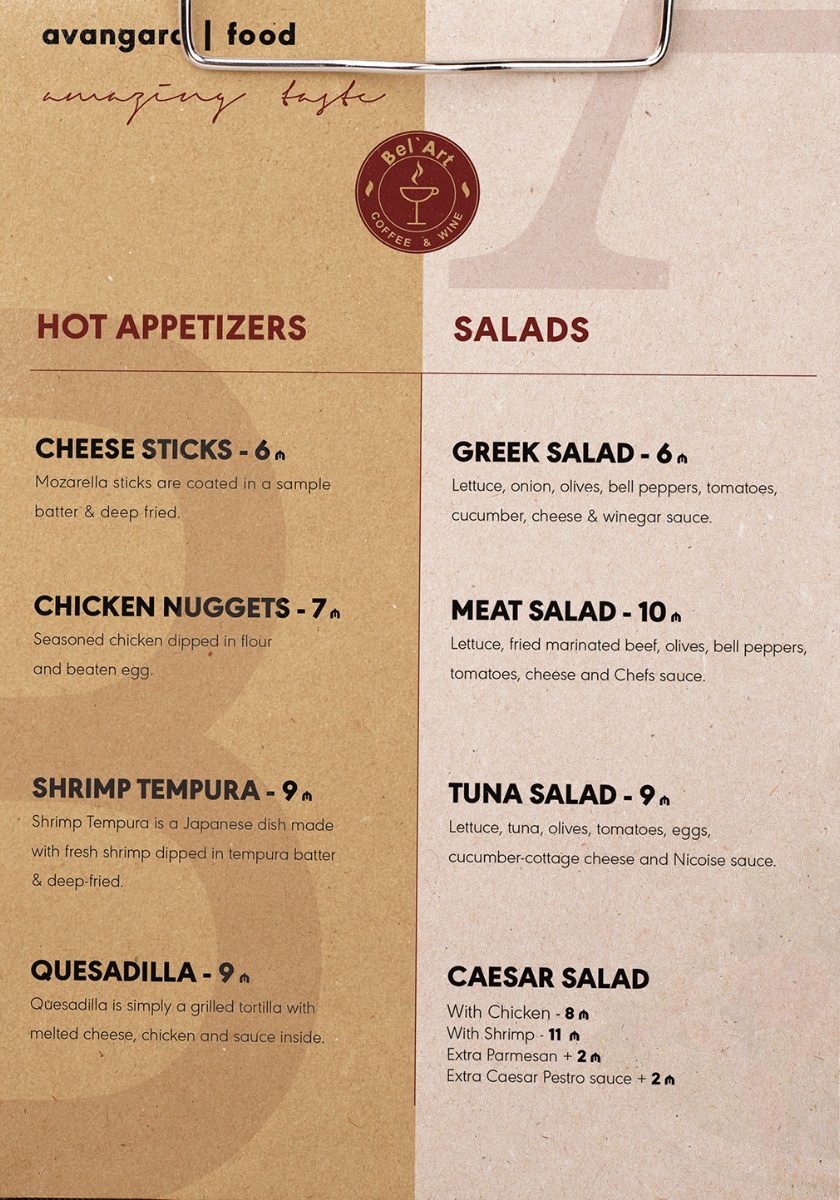
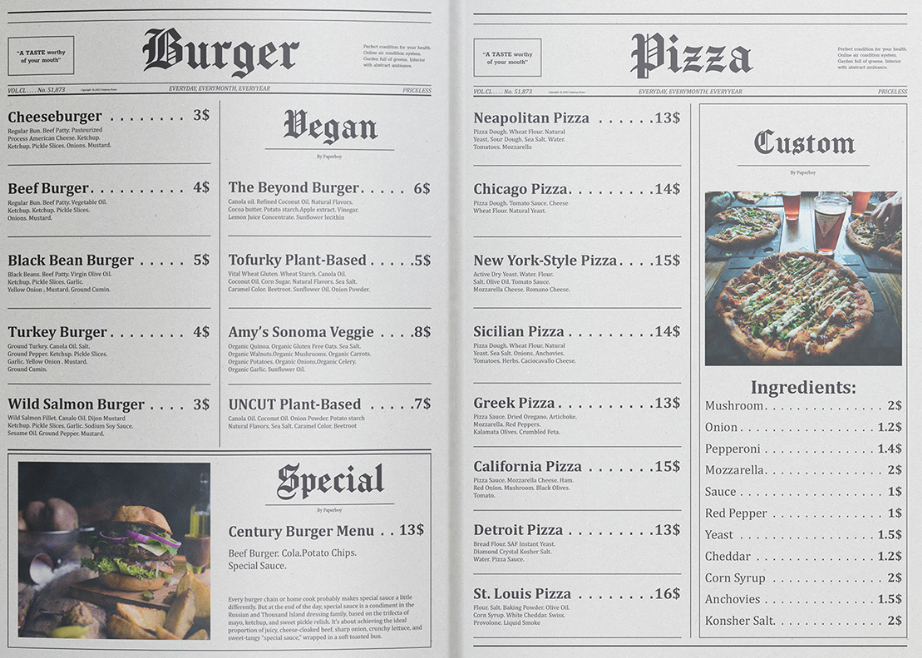
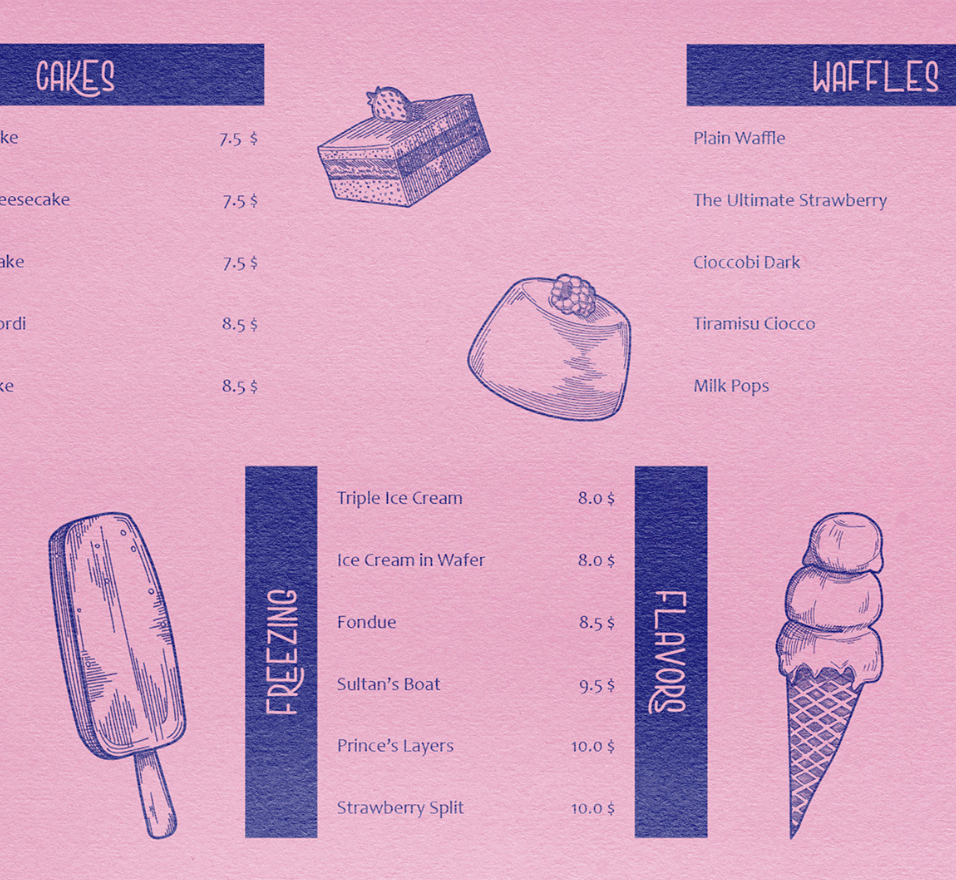
Restaurant Menus: Developing Road Maps
Menus, it's one of your first contact points of a restaurants business. When you're inviting in customers, you first have to pick their interest by using an exciting photo, a lovely façade, a gorgeous drink, or simply putting your menu on display.
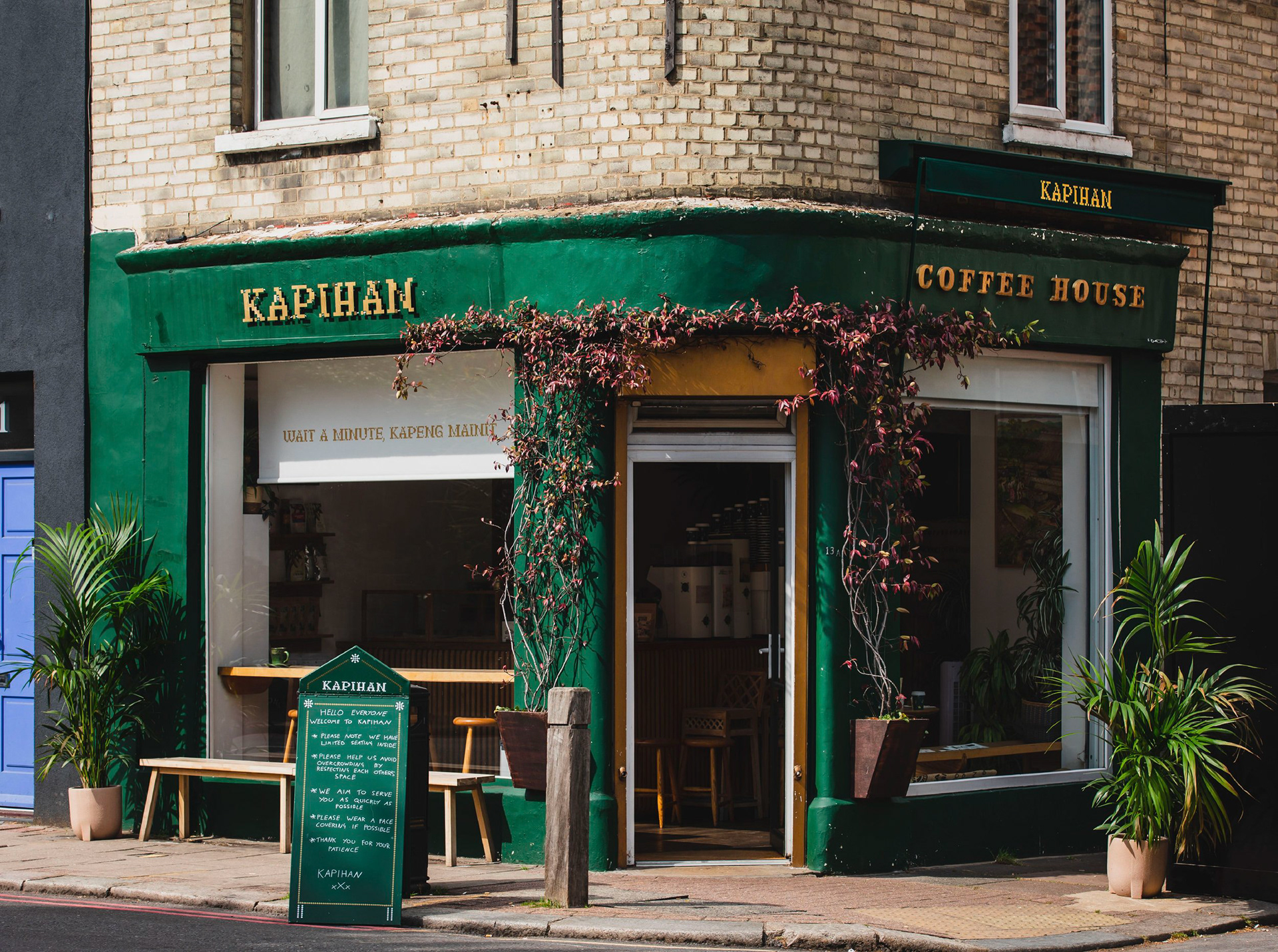
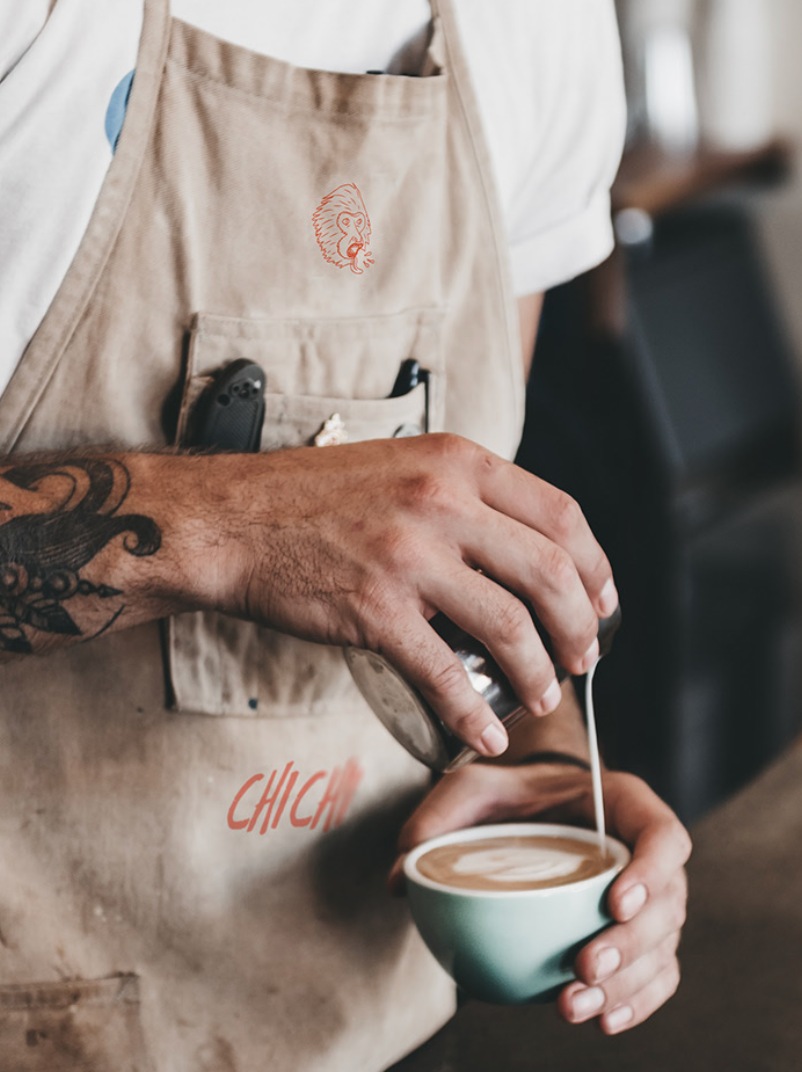


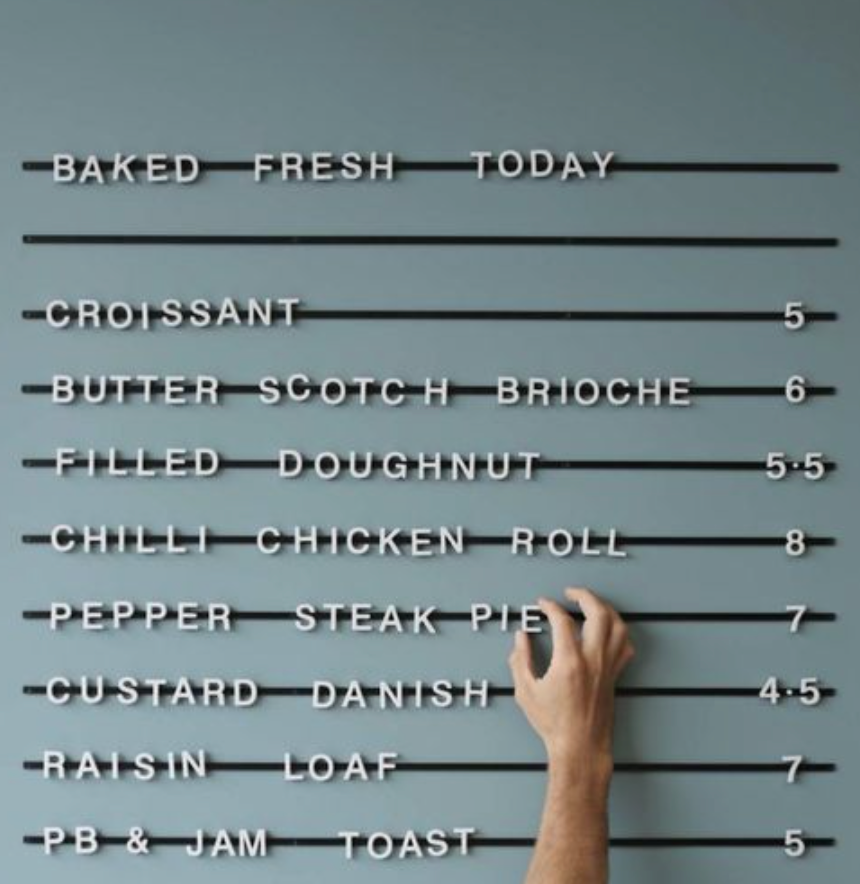
People are naturally visual learners. As the saying goes, "monkey sees, monkey do," still, we're not talking about learning how to do things but rather learning what things are by how we visually perceive them.
the video starts at 0:37 till the 2:00 mark - a pretty good example of my story below
For example, "While living in the Philippines, my family, friends, and even strangers were very fond of using visual markers to tell you directions instead of using street signs and units of measurement to guide you through the never-ending traffic and alleys of Manila.
It truly is an odd experience, being told how to get somewhere via local constructions and impermanent structures, but no matter how bizarre – it did get me to where I needed to be. It took a brief moment to understand what it truly meant to use visual markers – like letters of the alphabet or even iconic monuments. These visible markers acted as visually stimulating mediums of learning in which we could come up with answers to questions like where things were and how products are constructed.
Photo by Francesco Paggiaro
So, circling back to restaurant menus — why do we need to develop them?
Just like those pesky print-outs, we used to keep on our laps as we drove around on the endless roads, or to the present day how we are all following our maps app while on road trips, we need a map to get us to where we want to go.
A restaurant menu will factor into your customer's journey, depending on your use case. Menus are the road maps to purchasing anything in a restaurant; for quick turnarounds, one can have a small menu. We design a menu with opportunities to make a tasting menu to keep customers in the restaurant for longer.
How are you going to drive customer sales using a restaurant menu? Much like most online stores display their inventory, we must create avenues for calls to action, actionable steps, or descriptions to guide our guests to what they want to get.
Imagery on Menus:
"Hey dummy, Food's been around for years.
Do we need a photo for everything?"
— simple answer, no.
Do we need a photo for everything?"
— simple answer, no.
However, selling things will be easy if you advertise correctly - essentially, people could use visual cues to navigate your restaurant's process. Much like we, as a society, have developed social cues to know whether you need to leave the room, we could use visual cues to drive a business. Visual cues enable the customer journey to go further and faster and to be able to dial in tasks.
How are we going to develop a menu?
Let's look at a coffee shop menu. You have hot drinks, cold drinks, specialties, and baked goods. Each category must have descriptors, price indicators, and availability.
In this case study, I'd like to focus on Descriptors,
Descriptors are words or expressions used to describe or identify something. In this case, we are using icons as descriptors to identify particular options in the structure of a menu.
Descriptors, such as icons defining espresso-based drinks, tea-based drinks, and hot and cold choices, will work tremendously well on a to distinguish products on a simple café menu. However, you will need to add a couple more descriptors to ensure you provide all the information you can about the beverages.
Common questions that people will have when approaching a register at a coffeeshop are — "Can my beverage come with alternative creamers/milk? Can you have this drink hot or cold? Does it have any possible allergens? Or Can you customize this beverage at all?"
You probably think it seems too much to add to a board or a menu card. So what can we do to afford the heavy real estate on our menus for these bite-sized pieces of information - Icons?
Icons
/ˈīˌkän/
"A sign whose form directly
reflects the thing it signifies."
/ˈīˌkän/
"A sign whose form directly
reflects the thing it signifies."
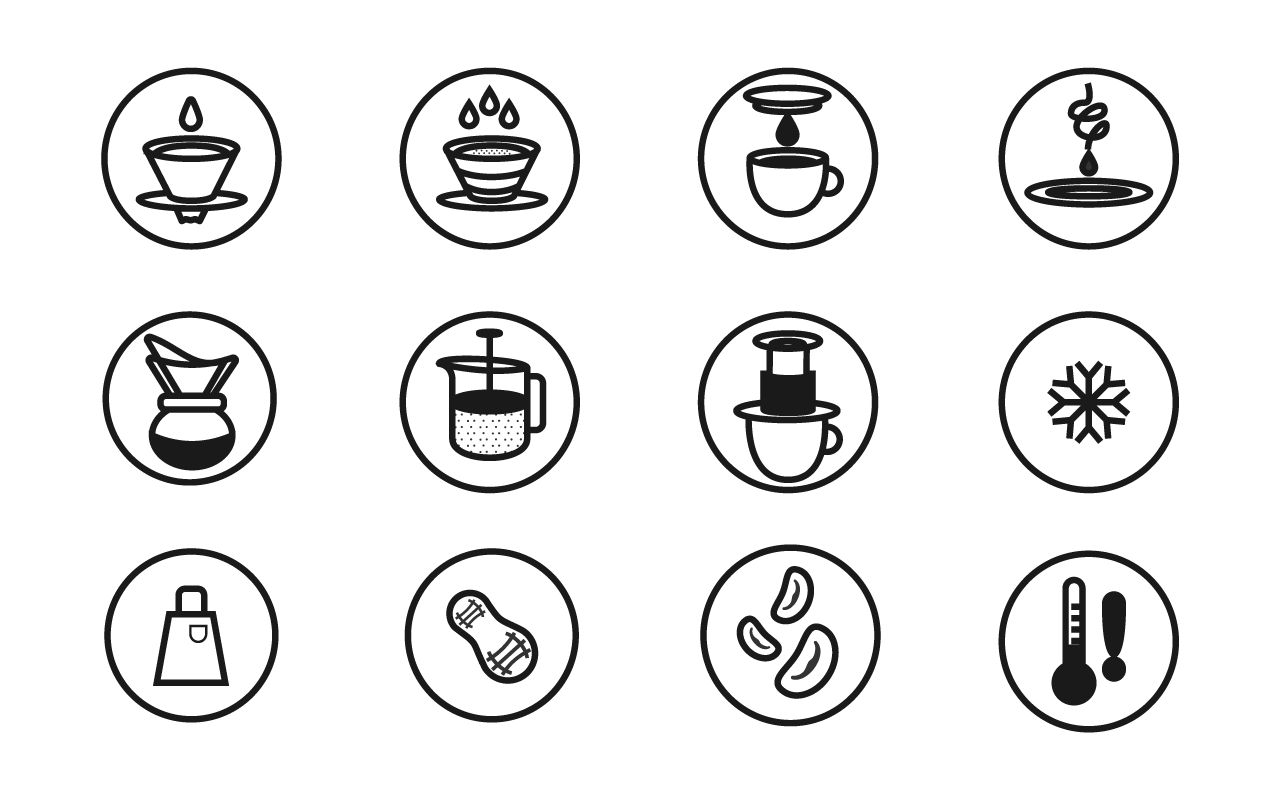
Icons provide adequate forms for direction such as leading to answering questions that may be looming in the minds of others. Such as what comprises the anatomy of a particular dish or a beverage? like possible allergens that one may not be aware of, or can if you can get a beverage hot or cold?
In studying Hieroglyphics, scientists could decipher religious practices, cultural phenomenons, and historical events through images depicted on walls. These visual markings were practical ways to provide a suitable opportunity for people to understand what was happening in those times without learning the language.
Iconography in the present-day context can provide the same effect for people who know what they want but cannot speak the same language as their peers. Icons can act as descriptors just as much as for the same reason they are used for directional purposes.
A set of visual markers on a menu can help alleviate your customers' questions when preparing to order.
Take, for example, the use of icons in the 2020 Tokyo Olympics, the simple design of each sport with the resemblance of athletes was a perfect compliment to understanding the sporting event at hand. Because of the design choices in creating those icons, it would have been a logistical nightmare to figure out what an event was if every event were labeled in their Kanji letter counterparts. In retrospect, this could have been a breeze for Japanese locals to watch any sporting event. Still, for those who can't read the language, it would be almost impossible to figure out what sport it was unless you were flipping through every event till you found the right one you wanted to see. However, it is still possible to figure out when and where to watch an event. However, you would've missed a reasonable amount of time off the sporting event because you'd be spending it on your search.
Icons are just one part of the visual language essential to brand building. Semiotics is the study of signs and symbols processing in human communication that considers the social and cultural background to explain meanings. We look to this study with the way it allows us to develop a system to deliver a specific message that a group of people can easily understand.
source: RockContent
When it comes down to it, Icons can drive a customer journey to quicker and more efficient turnaround rates. It answers all kinds of questions in simple seconds, valid only when you can design proper icons that represent the items you want to be described. With the proper research and development, adding icons to define menu items properly would be a great asset. We should be developing menus in a manner to which people can derive their answers entirely on their own, reducing the amount of time spent second-guessing their choices, promoting more avenues to customize their beverages, and to top it all off, it becomes aesthetically more pleasing than just seeing a bit more imagery on a text-filled card.
